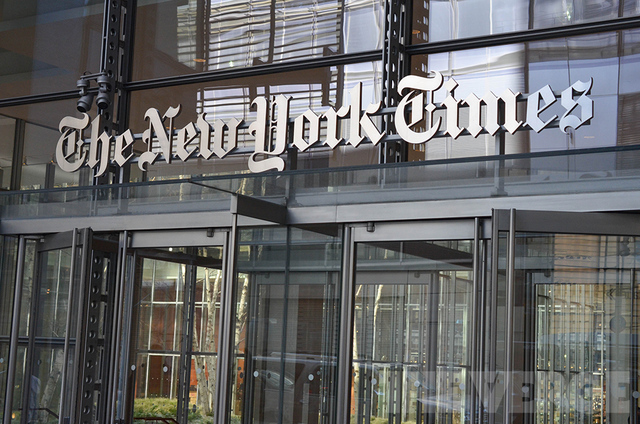Simply a brilliant piece of investigative journalism by Times business reporter, Paul Sullivan. The broader message here is the overwhelming importance of transparency in financial transactions. Although this article primarily speaks to the roles played by fees, taxes and inflation in determining one’s likely long-term return from a managed fund (spoiler: it’s less than you were hoping for . . ), the broader message absolutely applies in other contexts as well. Real estate investors, for example, obviously need to perform countless types of due diligence whether they’re buying a skyscraper or a single-family home. Ditto for purchasers of an ETF, a fixed-income product or a growth commodity like rare wine or art. Diligence, by itself, however, means NOTHING in the absence of an honest counter-party and that’s where any smart investor’s research ought to begin. So whether you’re investing $1000 or $10 million, engage the seller in exactly the type of frank conversation recounted in this article. It’s amazing how quickly you’ll be able either to identify “red flags” (shady explanations, a refusal to answer questions based on bogus excuses, etc.) or, alternatively, gain significantly greater confidence in your choice of transaction – not to mention an accurate picture of the investment’s realistic long-term result. Remember: it just isn’t possible to do real long-term financial planning in the absence of quantifiable expectations. If the guy (or woman) sitting across the table seems like they’re holding something back, one great thing about capitalist competition is that there are always plenty of other places to put you hard-earned wealth.
“Telling the Truth on Fees, Warts and All,” The New York Times, 5/17/2013


